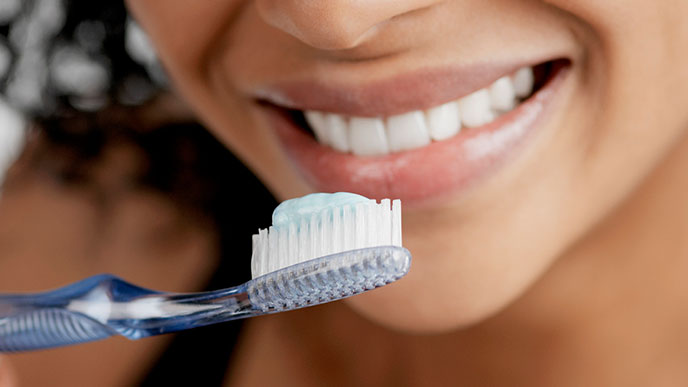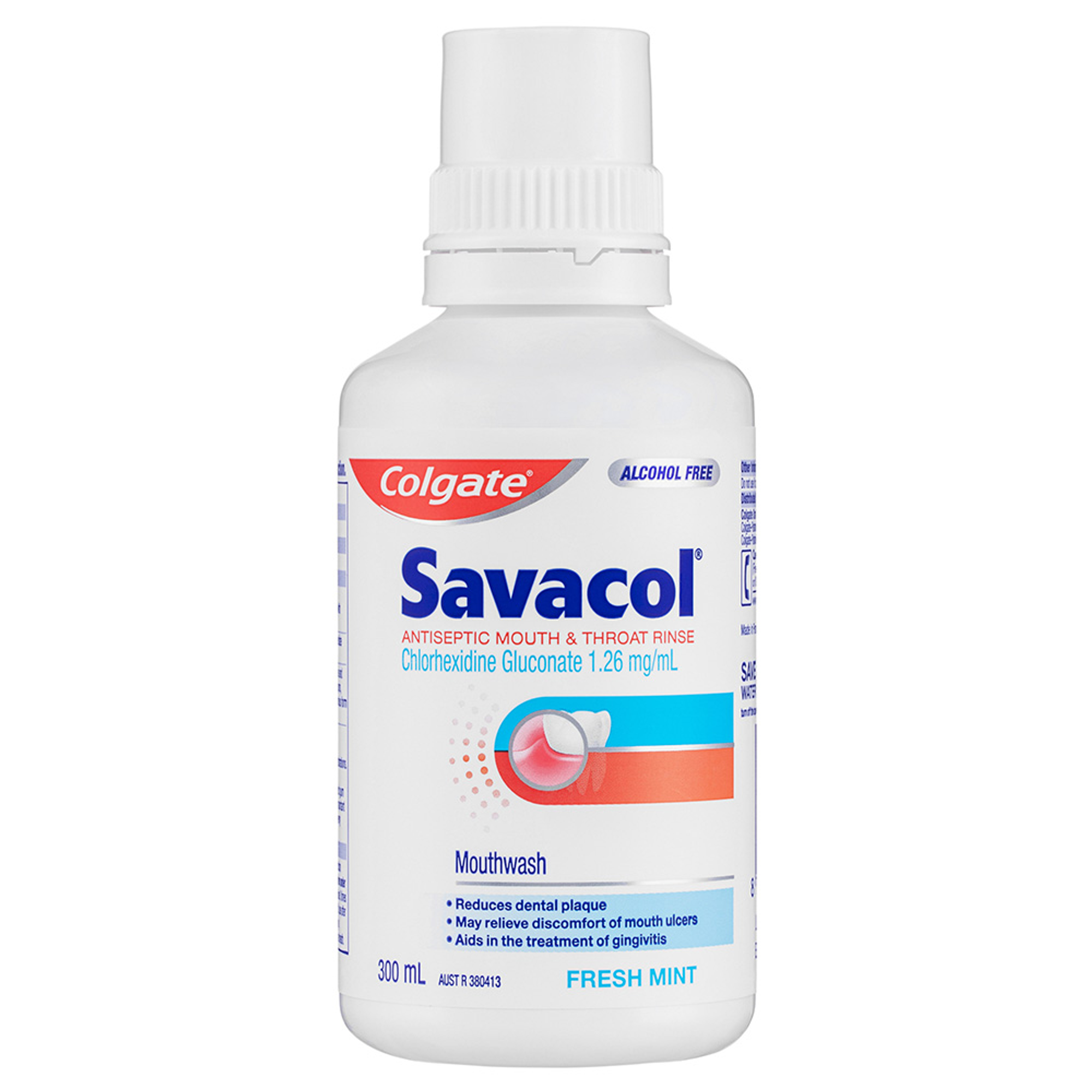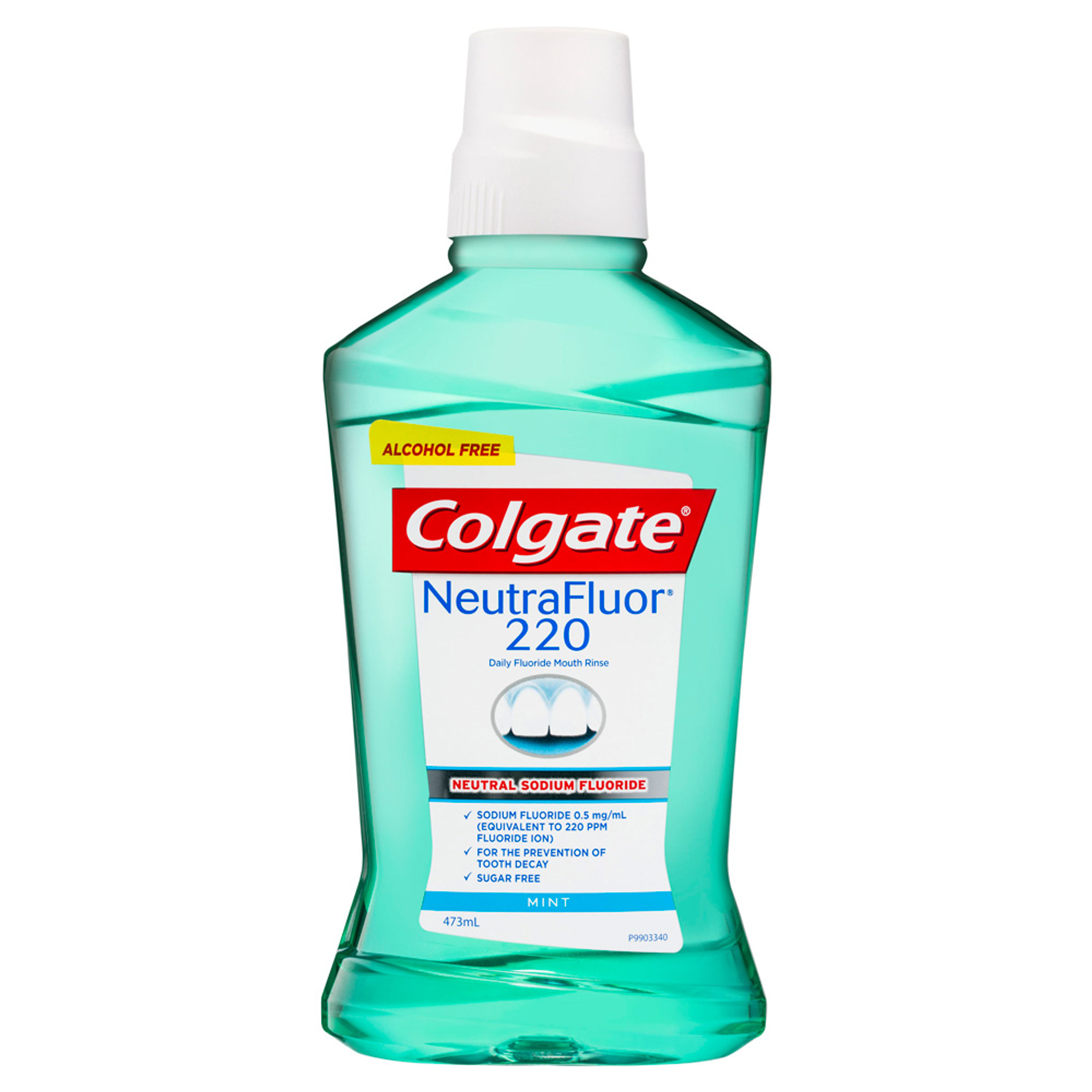Settings that Practice Anti-Anxiety
The dental clinic has long been the most common setting for routine dental procedures that use sedation and anti-anxiety techniques. These techniques can be used for any type of dental procedure depending on the needs of the patient. Ultimately, your fears and phobias can be managed so that you can receive the dental care you require no matter where the treatment takes place.
Are You a Candidate for Sedation?
Your overall health, as well as physical and mental conditions you may be battling at the time, are important to be able to safely undergo certain types of sedation – especially in the dental clinic. Certain of these conditions may require clearance from a physician: cardiac disease, hypertension, diabetes and respiratory diseases should all be addressed prior to a given type of sedation. Your dentist will take a thorough medical history and physical assessment before proceeding, and if need be, recommend a product like Colgate Total® Advanced Clean to get home care on the right track. He or she may also ask you to receive medical clearance from your physician.
Types of Dental Sedation
Laughing Gas
Probably the most common form of sedation in the dental clinic is nitrous oxide, or "laughing gas". Also called inhalation analgesia – and used to alleviate pain when giving birth, according to the National Institutes of Health (NIH) – nitrous oxide does not put you to sleep, and is effective at reducing your anxiety about a dental procedure. It is very safe and provided in most dental practices. Local anaesthetic injections, which are still used in combination with nitrous oxide, now see more consistent effectiveness, and some are practically painless. Nonetheless, the gas can be administered to further reduce any discomfort from the injection.
Enteral Sedation
The next type of sedation comes in the form of a pill or liquid that you take orally. This is called enteral sedation. Like local anaesthetics, oftentimes it is used in combination with nitrous oxide. You may still be awake, but not nervous about the dental work.
IV Sedation
Intravaneous (IV) sedation is another common method of anti-anxiety wherein the dental sedation drugs are directly injected to a vein. This technique will allow the dentist to provide a deeper sedation, although you will still be awake but less aware of the procedure. The process requires recovery time after you leave the clinic. In Australia and New Zealand you must have someone take you home after the procedure.
General Anaesthesia
General anaesthesia is a form of sedation by which you will be asleep for the entire procedure. It is practiced using drugs that are directly injected into a vein, along with the possible inhalation of a gaseous anesthetic. A thorough recovery time in the surgery will be required before leaving.
Training and Qualification
Although most dentists are qualified to administer nitrous oxide, other types of sedation require additional training, equipment and emergency supplies. And because a relevant qualification is required in Australia and New Zealand to perform these techniques, not every clinic will provide the service you'd like. For this reason, some may choose to contract qualified doctors or dentists to come to their clinic to perform sedation for their patients. It is essential you find a qualified professional(s) who is qualified and familiar with dental sedation guidelines.
At the end of the day, sedation dentistry can keep fear from making you forgo the smile you desire.
About the author: James Burke Fine, DMD, is Assistant Dean for Postdoctoral Programs, Professor of Clinical Dentistry, and Director of Post Graduate Periodontics at Columbia University College of Dental Medicine, New York. He has been a principal investigator or co-investigator in funded research projects and has authored or co-authored numerous articles, chapters, and abstracts in the literature regarding periodontal disease, including co-authoring the text Clinical Guide to Periodontics. In addition, Fine has presented at invited lectures and seminars. He maintains a practice limited to periodontics in Hoboken, NJ, and in the faculty practice at Columbia University
This article is intended to promote understanding of and knowledge about general oral health topics. It is not intended to be a substitute for professional advice, diagnosis or treatment. Always seek the advice of your dentist or other qualified healthcare provider with any questions you may have regarding a medical condition or treatment.














